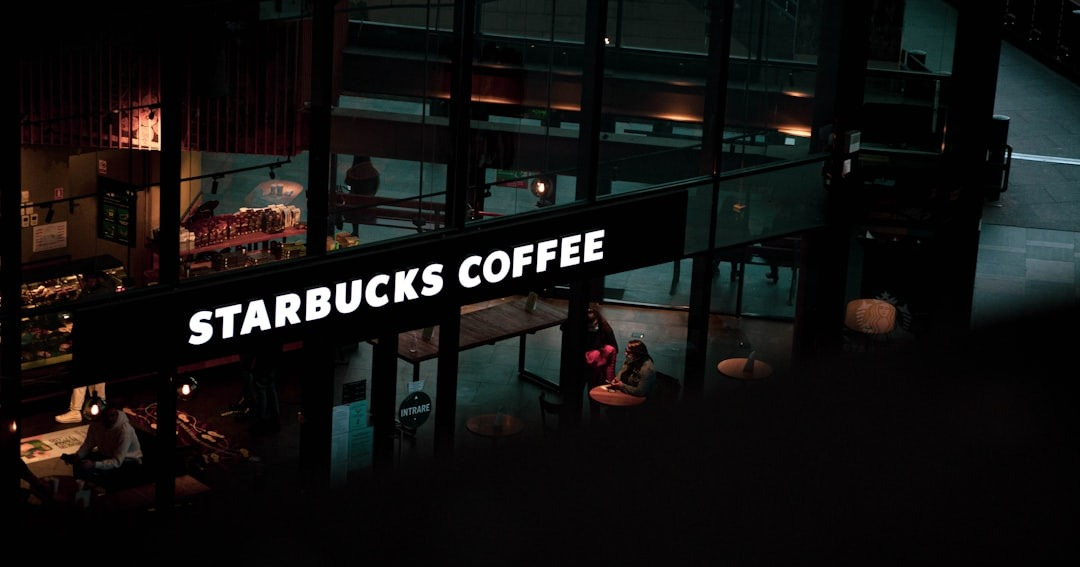Saving Starbucks
An Unconventional Approach to an Executive Off-Site

In 2008, Starbucks was in crisis. Brand loyalty was plummeting, average transactions were down, and people inside the company couldn't connect with each other. Howard Schultz, the founder who had stepped away, returned from retirement to save the company he'd built.
One of his first acts was to hire Keith Yamashita, founder of SYPartners, to run a leadership retreat with his top twenty-two executives. Keith brought a unique background in design, data economics, and organizational behavior. For this retreat, he made an unconventional choice: focus on creativity within the business rather than technical aspects. "The creative skills are there, the ingenuity comes from," he says.
The setting Keith chose was equally unconventional. Instead of a corporate conference center, the executives and CEO Schultz met at a beat-up loft in downtown Seattle. As they entered, each person received two things: a card with simple instructions and an iPod shuffle loaded with every single song the Beatles ever recorded. The instructions were straightforward: listen to the music and think about what makes for a cultural icon. The loft itself was transformed into a Beatles shrine, filled with posters, photos, and documentaries.
For about an hour, the executives immersed themselves in this experience. Then Keith brought them together, seated in two rows of eleven facing each other, and asked a simple question: "What makes the Beatles iconic?"
In the discussion that followed, they shared stories about the first time they'd heard certain songs, memories that the music triggered, and personal connections to the band's journey. There were even disagreements—for example, debates about whether Yoko really ruined the band.
Then Keith posed the pivotal question: "If Starbucks were a cultural icon, what would you hope for its reinvention?"
This moment launched the three-day retreat that would ultimately lead to the company's reinvention. The Beatles had served as an unexpected lens through which the executives could examine their own brand and its role in our culture, freed from their usual corporate thinking patterns.
What Keith had orchestrated was intentionally trigger-rich and experiential. Rather than gathering in a sterile conference room with breakout sessions and computers, Keith created conditions where a group of open-minded individuals could encounter unexpected stimuli. Each executive brought their own past experiences, expertise, and perspective to the Beatles immersion, taking different insights from the same stimulus and responding in their own unique way.
From these individual reactions came collective insights about what makes cultural icons endure and resonate. The executives then channeled these insights into imagining a new future for Starbucks, eventually developing tactical strategies to bring that vision to life.
The power of this approach lies in its departure from conventional strategic planning. Instead of analyzing market data and competitive landscapes, the retreat began with an emotional and cultural exploration, encountering and collecting new ideas that opened new pathways for thinking about the business in a new way. It allowed them to create new connections and imagine a future that didn’t yet exist, but could–and should– if Starbucks wanted to regain its position as a cultural icon. And it allowed them to come out of their retreat with a new vision, mission, and strategy.
Change Your Approach to Strategic Planning
This example illustrates the power of serendipity mindsets and behaviors: active and passive seeking, encountering and collecting, imagining and connecting, activating and pursuing. As you go into strategic planning season, consider the example of Starbucks and put it to work for you:
Change your environment: Move your next strategic session out of the conference room. Meet in a museum, a local startup's office, or even a coffee shop. Physical space shapes thinking—sterile environments produce sterile ideas.
Find your Beatles: Identify what represents excellence in a completely different field. If you're in healthcare, study Disney's customer experience. If you're in manufacturing, examine how Broadway shows iterate and improve. Ask your team to spend time immersing in that world before discussing your challenges.
Start with stories, not spreadsheets: Begin planning sessions by asking people to share personal experiences related to your industry or challenge. Let emotional connections surface before diving into data analysis.
Create productive collisions: Intentionally bring together people who don't normally work together, or ideas that seem unrelated. The innovation often happens at the intersections.
Ask unexpected questions: Instead of "How do we increase market share?" try "If our company were a movie, what genre would it be?" or "What would our biggest competitor never do that we should consider?"
Build in reflection time: Give people space to process new stimuli individually before group discussions. The Beatles’ exercise worked because executives had an hour alone with the music before coming together.
Document the unexpected: Capture insights that emerge from these unconventional approaches. The best ideas often feel obvious in hindsight but are easily forgotten if not recorded.
Learn more about serendipity and how you can bring the practice of serendipity into your work and life at practiceofserendipity.com.
Adapted from a story told in Susan Magsamen and Ivy Ross’s book, Your Brain on Art: How the Arts Transforms Us
